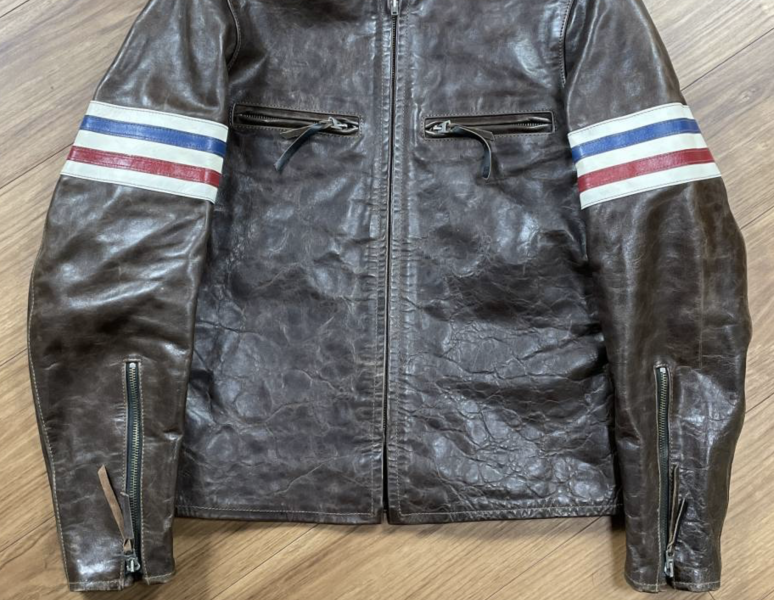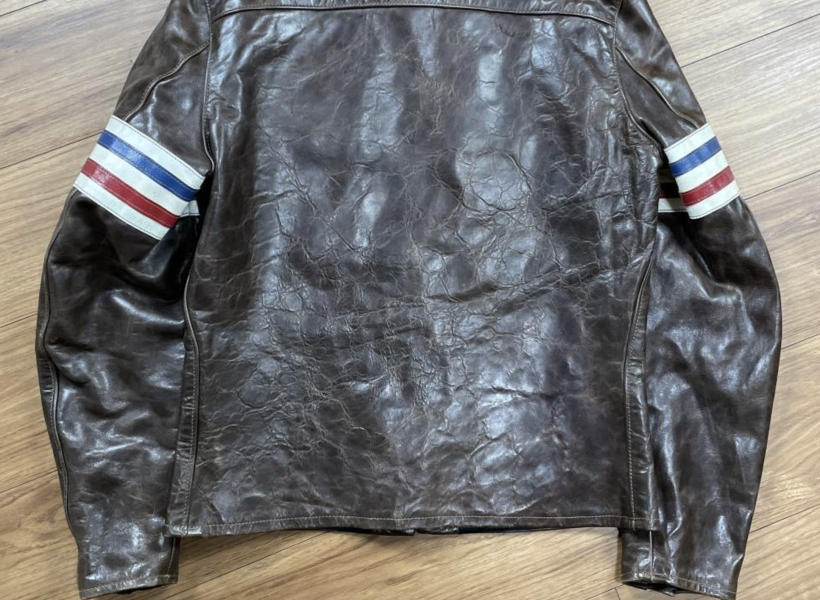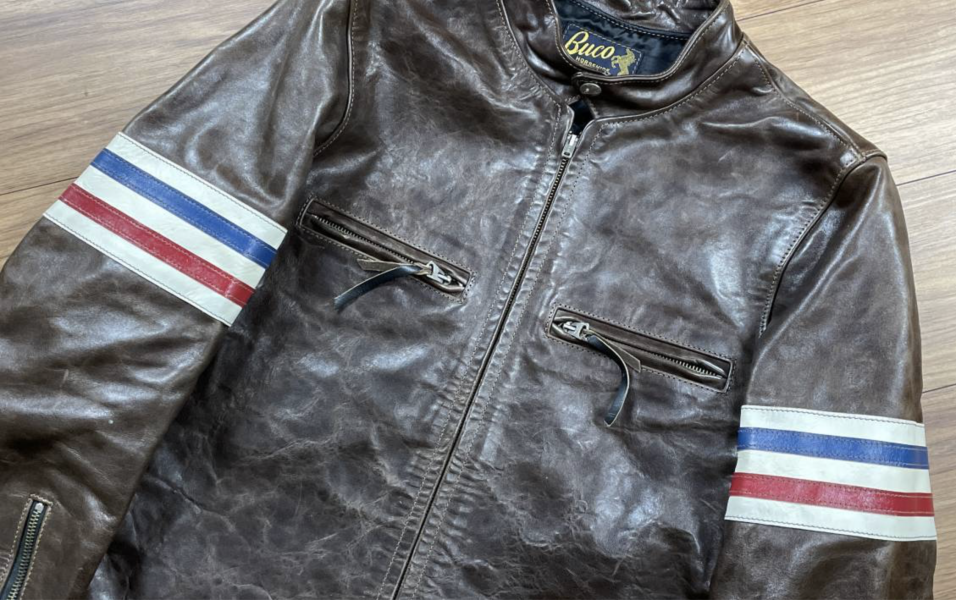Hi everyone,
Hope the week's off to a good start. I've found this RMC J100 and the horsehide looks like nothing I've seen before - very wrinkly, and you can tell still stiff in some spots.
Does anyone have any experience with hides that have done this?
Is this just a wrinkly hide or does it look like there was something done to it in the tanning process? Looking forward to everyone's thoughts, thank you.
Chris
Hope the week's off to a good start. I've found this RMC J100 and the horsehide looks like nothing I've seen before - very wrinkly, and you can tell still stiff in some spots.
Does anyone have any experience with hides that have done this?
Is this just a wrinkly hide or does it look like there was something done to it in the tanning process? Looking forward to everyone's thoughts, thank you.
Chris





